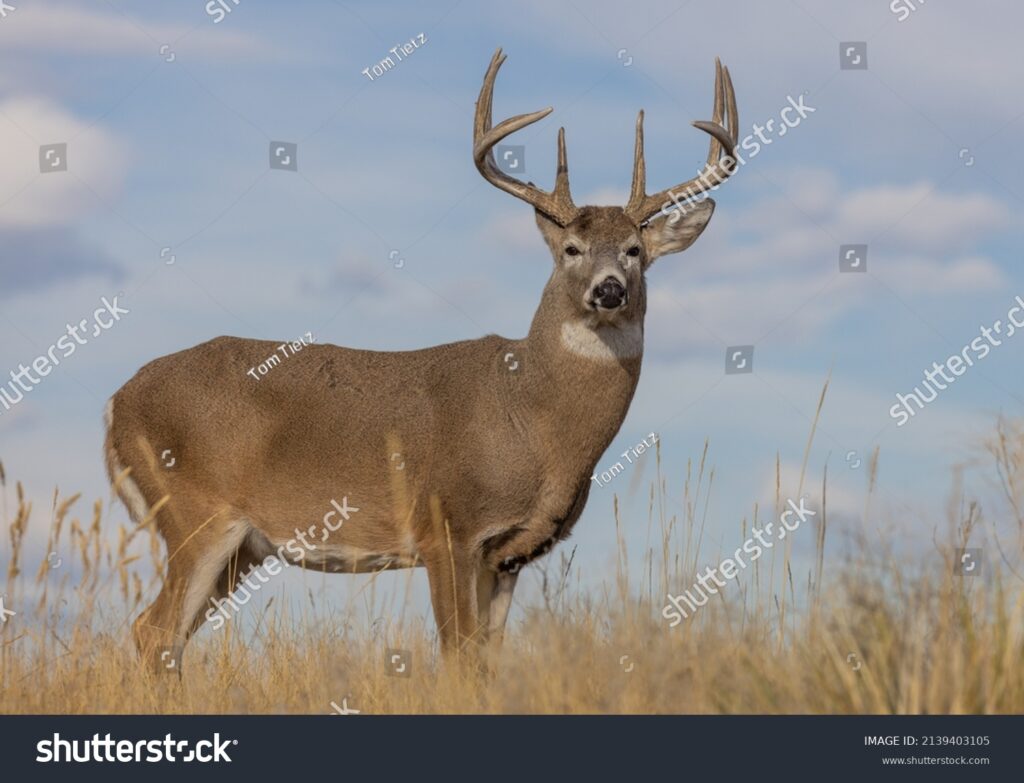
Daylight in New Jersey is Decreasing due to Earlier Twilight
TRENTON – Drivers are reminded to be extra vigilant on roadways this fall as the annual rut, or mating season, for white-tailed deer gets underway and daylight is diminished during peak commuting hours, the New Jersey Department of Transportation (NJDOT) and the New Jersey Department of Environmental Protection (DEP) announced today.
Deer are more likely to suddenly enter roadways at this time of year as bucks pursue does, increasing the risk that drivers may need to stop suddenly and become involved in collisions. Deer activity is more likely to occur during the early morning and around sunset, when visibility may be limited, and more motorists are commuting to and from work.
“Most of the thousands of collisions that deer have with motor vehicles in New Jersey every year occur during the fall mating season,” Department of Environmental Protection Assistant Commissioner for Fish & Wildlife David Golden said. “We urge drivers to be especially cautious and alert to the possibility of deer suddenly darting onto roadways, as well as know how to reduce the risk of a collision and possible serious injury to themselves or others.”
Peak mating season for deer in New Jersey runs from late October to mid-December.
Awareness to the presence of deer near or on roadways will become even more important when daylight saving time ends at 2 a.m. on Sunday, Nov. 2. This means that many commutes will then align with the time when deer are most active, and lighting conditions may be the most difficult for driving. Reduced lighting as well as sun glare can make it very difficult for drivers to see deer that are about to cross the road.
Drivers can stay safe during peak periods of the annual fall rut by following these tips:
- Slow your vehicle if you see a deer and then watch for sudden movement. If the deer is in the road and doesn’t move, wait for the deer to cross and the road is clear. Do not try to drive around the deer.
- Watch for “Deer Crossing” signs. Drive slower when traveling through areas known to have a high concentration of deer so there is enough time to stop, if necessary.
- Use high beams during dark periods if there is no oncoming traffic or vehicles ahead. High beams will be reflected by the eyes of deer on or near roads.
- If you see one deer, assume that others may be in the area.
- Don’t tailgate. The driver ahead might have to stop suddenly to avoid colliding with a deer.
- Always wear a seatbelt, as required by law. Drive safely and sensibly, following the speed limit, factoring for weather, available lighting, traffic, curves and other road conditions.
- Do not swerve to avoid impact if a collision appears inevitable because a deer may counter-maneuver suddenly. Brake appropriately and stay in your lane. Collisions are more likely to become fatal when a driver swerves to avoid a deer and instead collides with oncoming traffic or a fixed structure along the road.
- Report any deer-vehicle collision to a local law enforcement agency immediately.
- Obey the state’s hands-free device law or refrain from using cellular devices while driving.
Motorists are encouraged to check NJDOT’s traffic information website www.511nj.org for real-time travel information, and for NJDOT news follow us on X (Twitter) @NewJerseyDOT, the NJDOT Facebook page, or on Instagram @NewJersey.DOT.
Safety is everyone’s responsibility. Watch NJDOT Commissioner Fran O’Connor’s message about making roadway safety a way of life.
For information about white-tailed deer in New Jersey, visit dep.nj.gov/njfw/wildlife/white-tailed-deer/
Information about white-tailed deer seasons and regulations is available at dep.nj.gov/njfw/hunting/deer-season-and-regulations/
Like the Department of Environmental Protection’s Fish & Wildlife Facebook page at www.facebook.com/NewJerseyFishandWildlife and follow NJDEP’s Fish & Wildlife on Instagram @newjerseyfishandwildlife